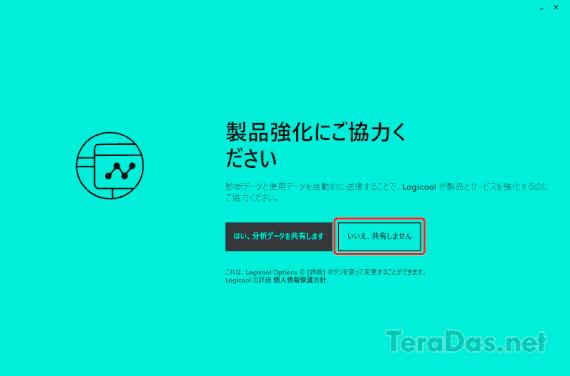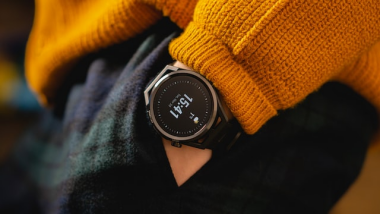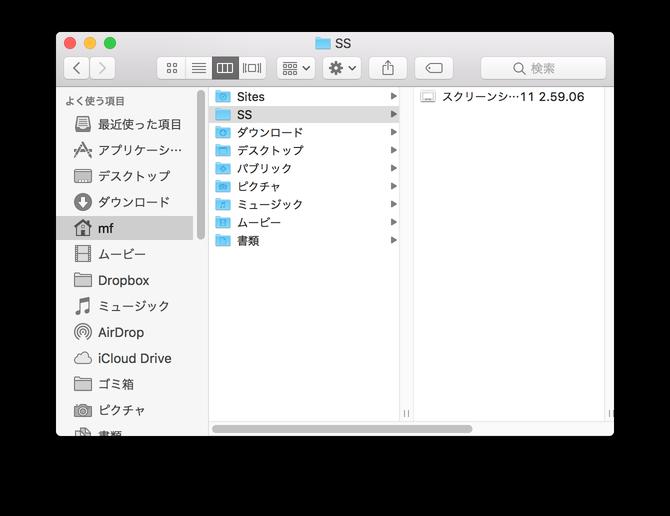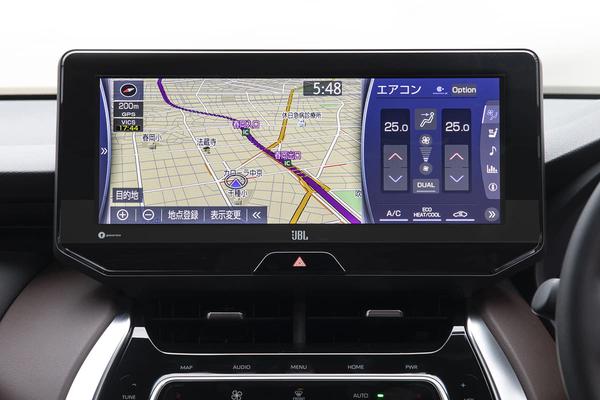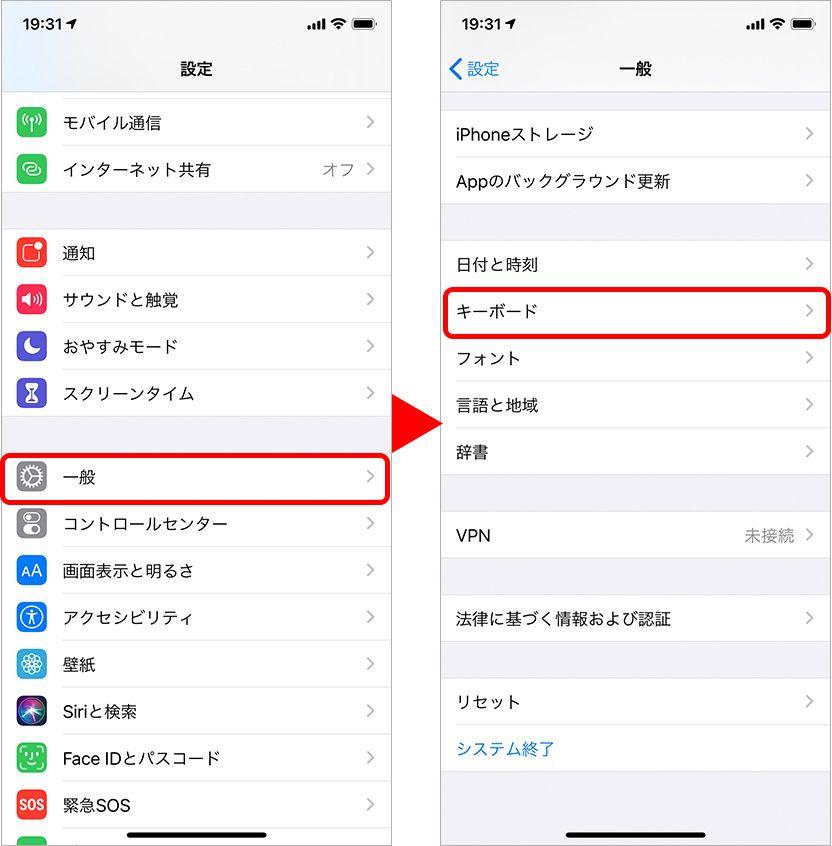SPOT, a briefing session for the parking lot search application "Smart Park" that also provides information on the fullness of signboards
On October 17th, SPOT released the "Smart Park" app for smartphones that allows you to search about 48,000 parking lots nationwide and check information about 13,000 parking spaces. The company held a press briefing on October 18, where SPOT COO Hiroshi Hanabusa spoke about the aims of the new service.
The company has developed a sensor that reads information on the fullness of the signboards installed in the parking lot, along with the development of the app. The situation of parking lots, which could not be confirmed until now, was visualized by IoT.
Main features of Samrt ParkIn Samrt Park, approximately 48,000 parking lots can be searched. Among them, we will provide about 13,000 parking lot information, including the parking information provided by major parking lot operators and the parking information collected independently by the company. In addition, the company aims to expand the installation of sensors that read parking space availability information in areas where there is a high need for parking lots, and to enhance the availability information.
In addition, as a function of the Smart Park app, "We will guide you to the cheapest parking lot by maximizing the complicated fee system of each company" and "The fee calculation is also compatible with the parking time zone, parking time, and day of the week. ”, ”Using GPS, it is possible to search for parking lots around the current location,” and ”It is also possible to search for parking lots in the surrounding area by searching for a destination with a free word.”
Slide showing that there are many small and medium-sized businesses in pay-by-the-hour parking lots (green areas are small and medium-sized businesses) Mr. Hiroshi Hanafusa, COO of SPOT Co., Ltd. It is said that there are 430,000 hourly parking lots nationwide (as of 2011). However, the number is less than the majority even among the 10 major parking lot operators, and the company analyzes that it is a market with many small and medium-sized enterprises. In addition, he focused on the fact that only major operators are distributing real-time full-occupancy information, which is costly to build a system.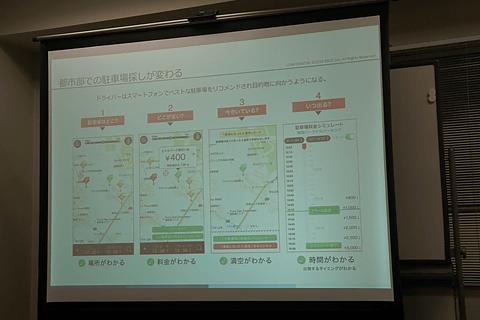
This time, the sensor that reads the fullness information of the billboard developed independently by the company is mainly a combination of a light sensor, a communication module, a solar panel, and a battery. A light sensor detects the lighting of the "Full" sign displayed on the signboard of the parking lot, and transmits information to the center that the parking lot is "Full" through the communication module.
A sensor that reads the fullness information of a signboard installed in a parking lot. A solar panel that charges the battery and a communication module. A light sensor detects when the part that was previously unlit displays "full" and lights up.The sensor unit in the parking lot operates on a charge from the solar panel without a new power supply from the parking facility.Installation is said to be completed in 15 to 20 minutes, and there is no need for an external power supply, and the unit operates independently using power from the solar panel and battery. Although it is not possible to know the number of vacant parking spaces, it is a real-time vacancy information system that can be installed in most parking lots.
By installing sensors in areas with a high rate of full occupancy, we aim to guide drivers to parking lots that are not very well knownAccording to Mr. Hanafusa, 1000 parking lots have been tested in the 10 wards of Tokyo so far. The company plans to install them in 6,000 parking lots by March 2017. With Smart Park, parking lots in back alleys that are not well known to drivers can also be displayed as search results, and there is an advantage that cars can be guided appropriately to empty parking lots.
Mr. Hanabusa indicated that "we are not aiming to install parking lots in all of Japan, but rather in places where there is a high need, such as areas where the rate of full parking is high". While utilizing deep learning and AI for the data of fullness information collected, we aim to provide information such as "probability of empty parking lot" even for parking lots without sensors installed.
About this new service, Mr. Hanabusa explained that it is a "business model that receives commissions according to customer referrals" and said, "We cannot confirm whether the current version of the sensor unit is actually able to refer customers. However, since there are errors in GPS, we would like to incorporate a beacon in the next version of the unit to make it possible to confirm customer referrals.”
A slide showing the aims of the new service, which visualizes the operating status of parking lots using data collected daily A slide showing the company's vision for the future